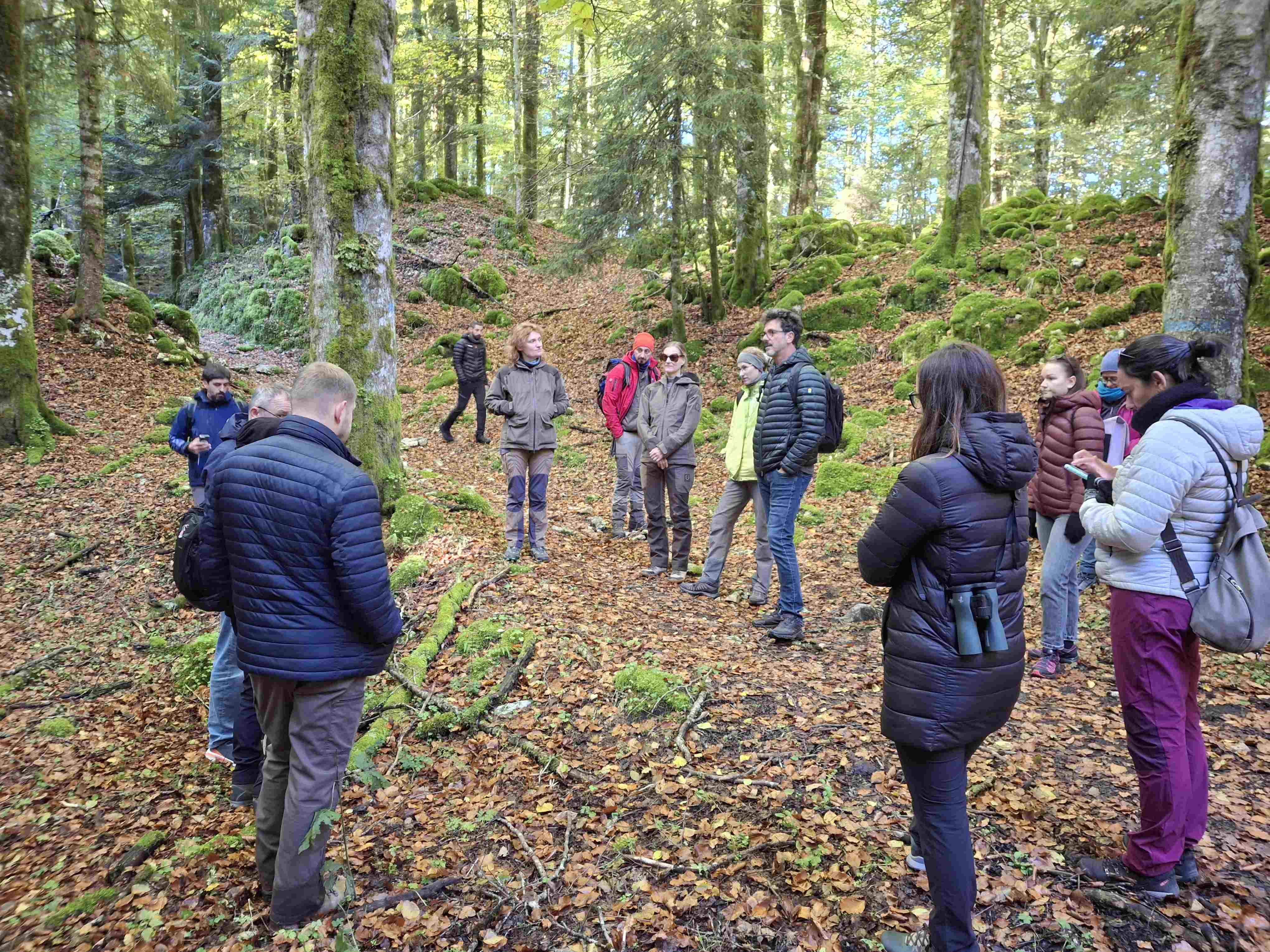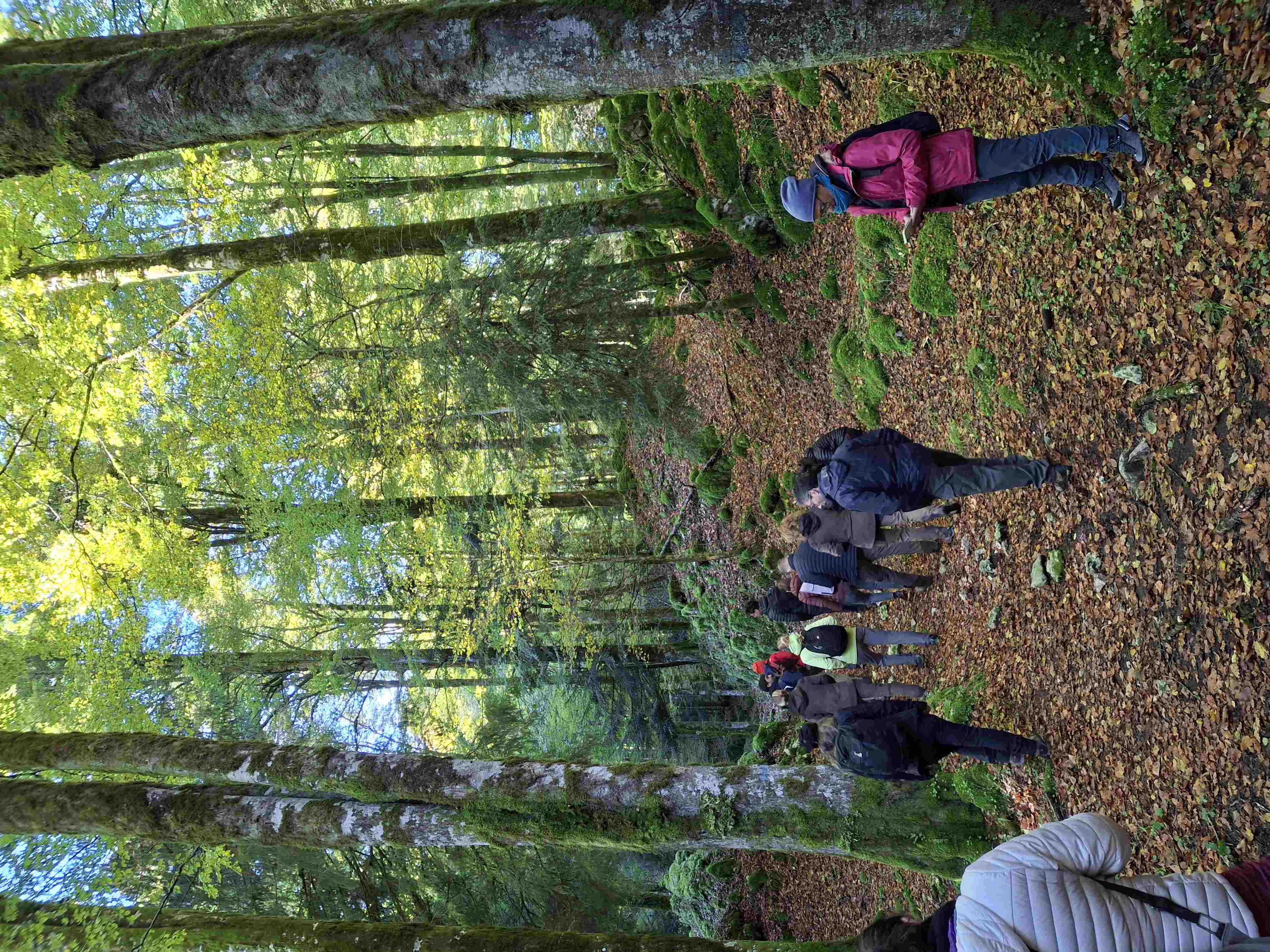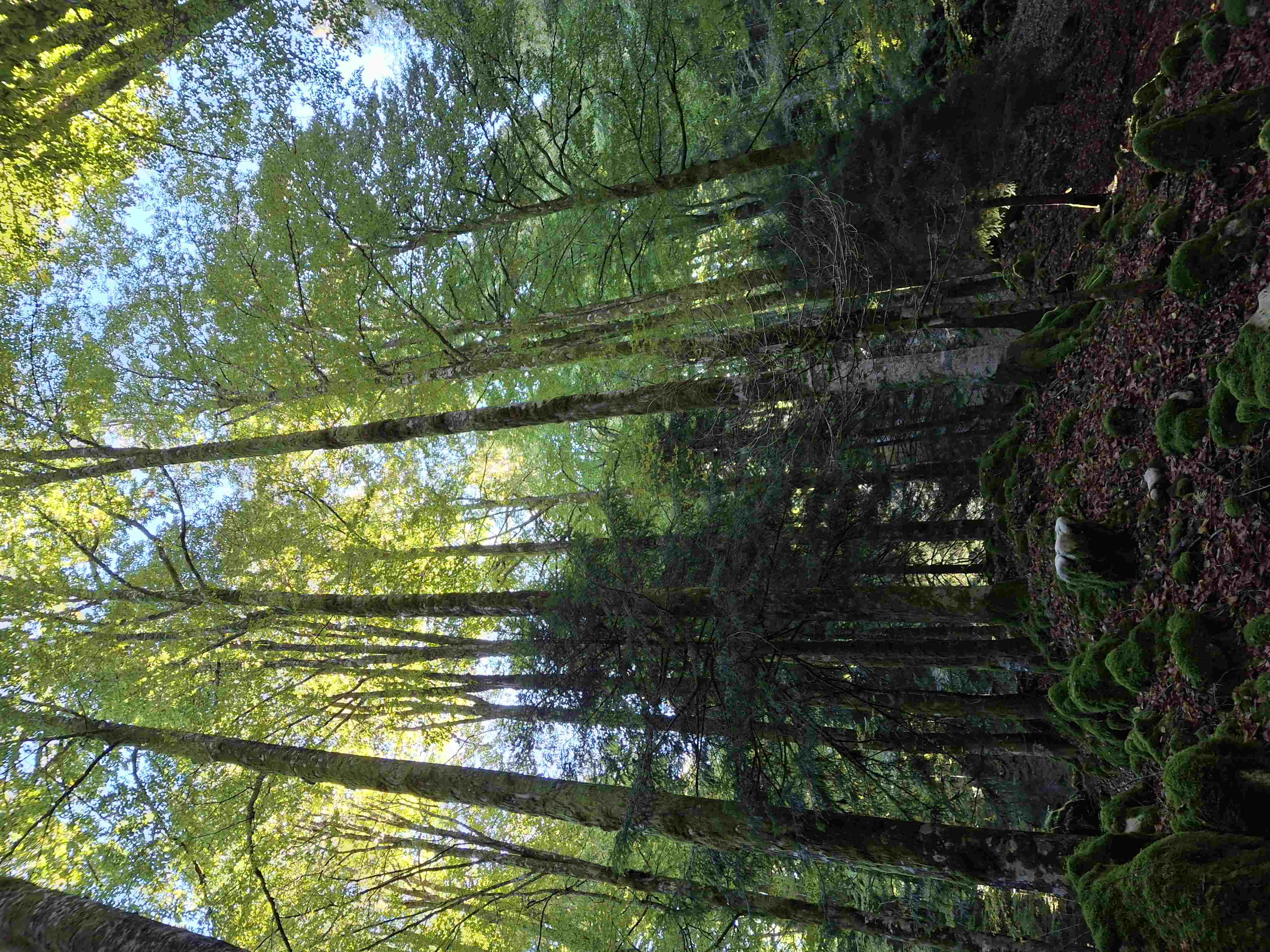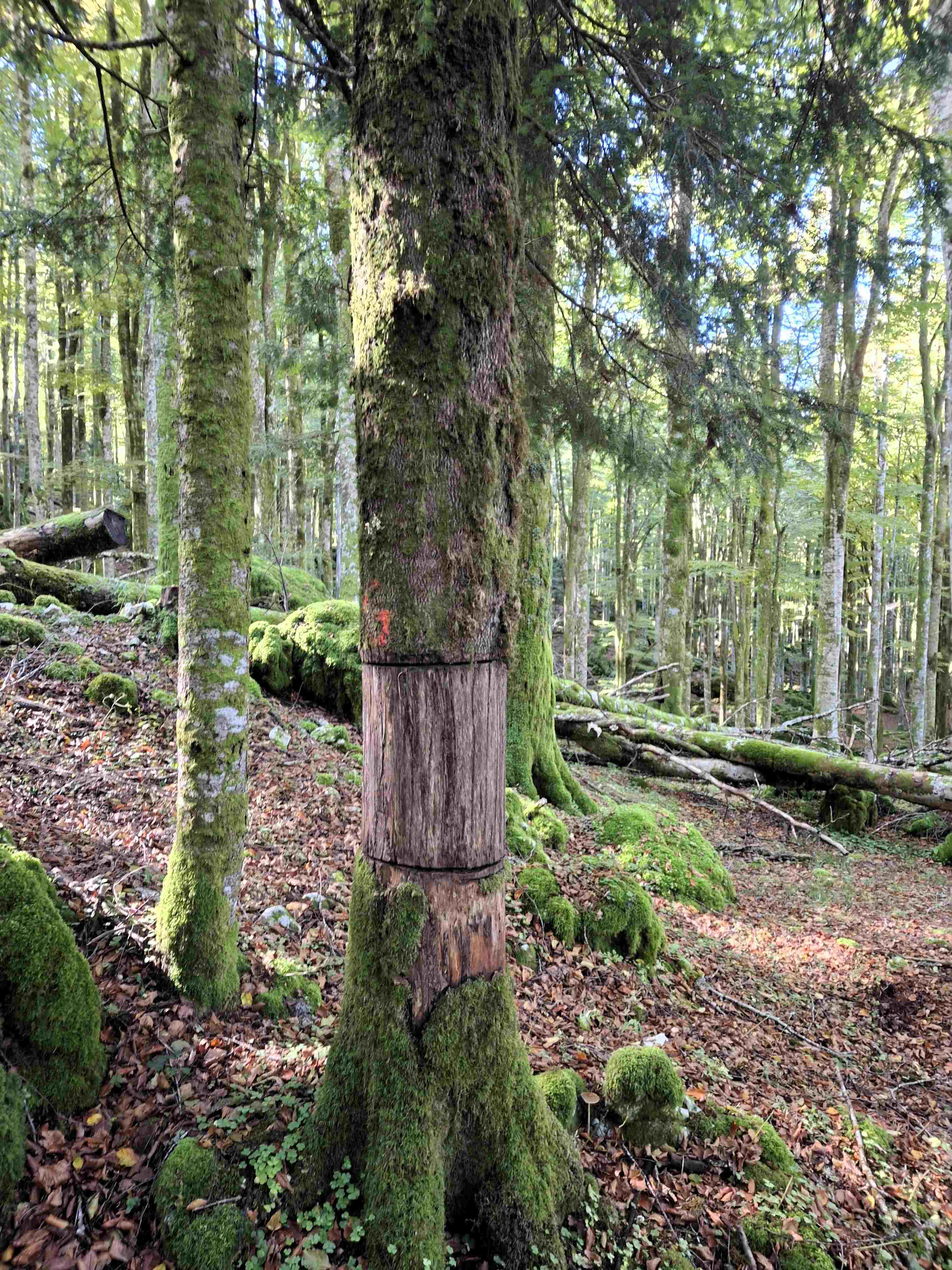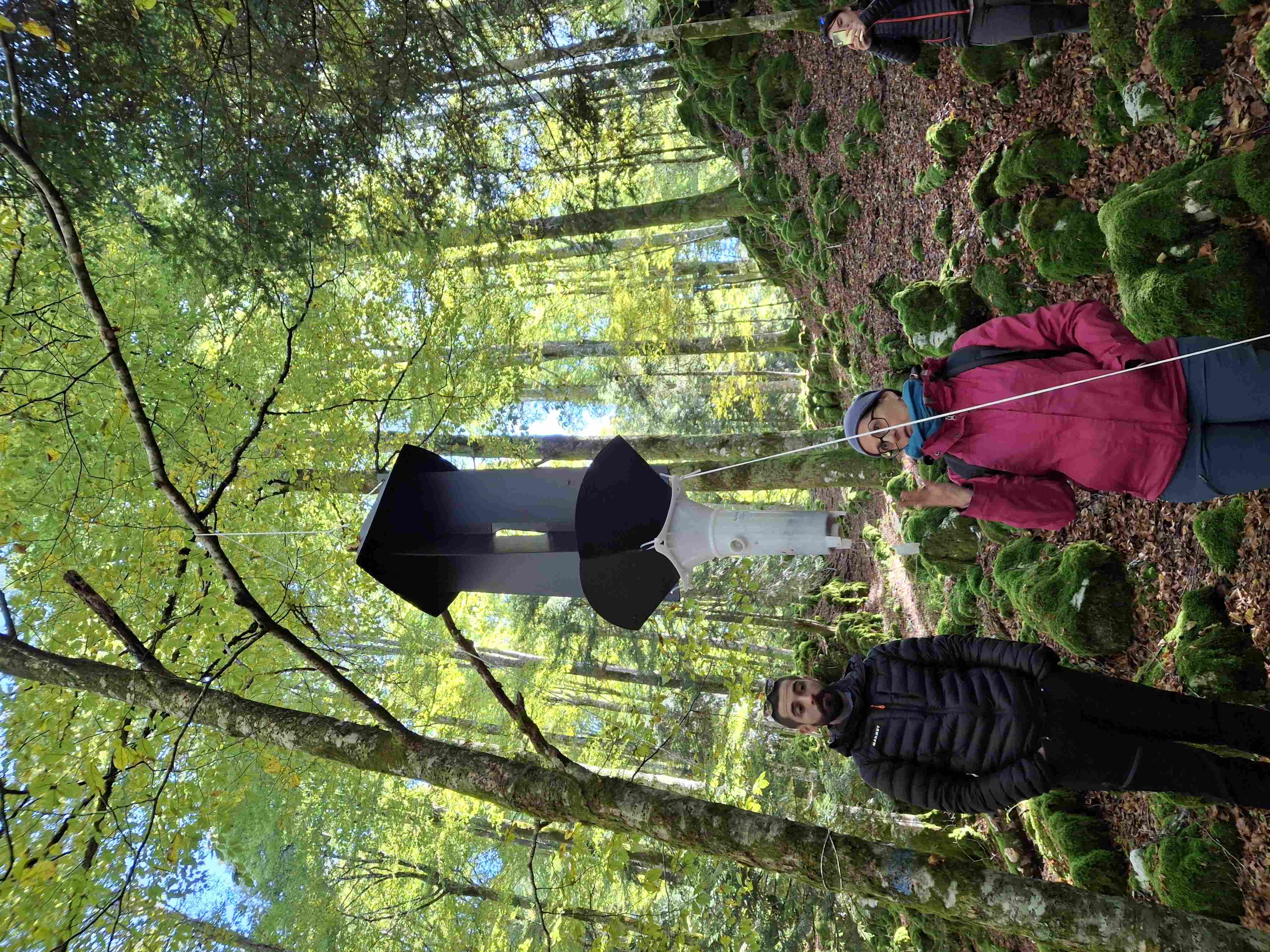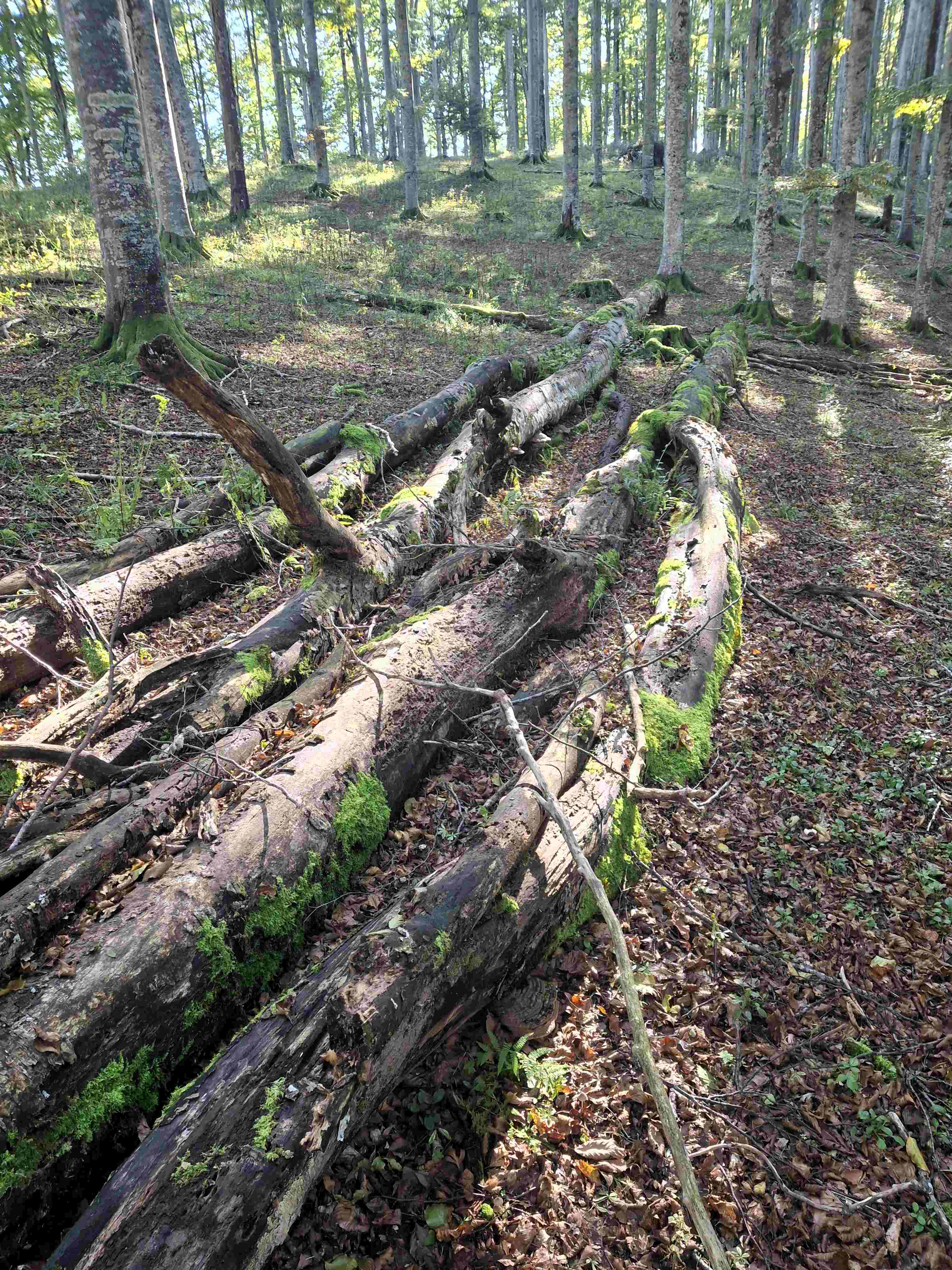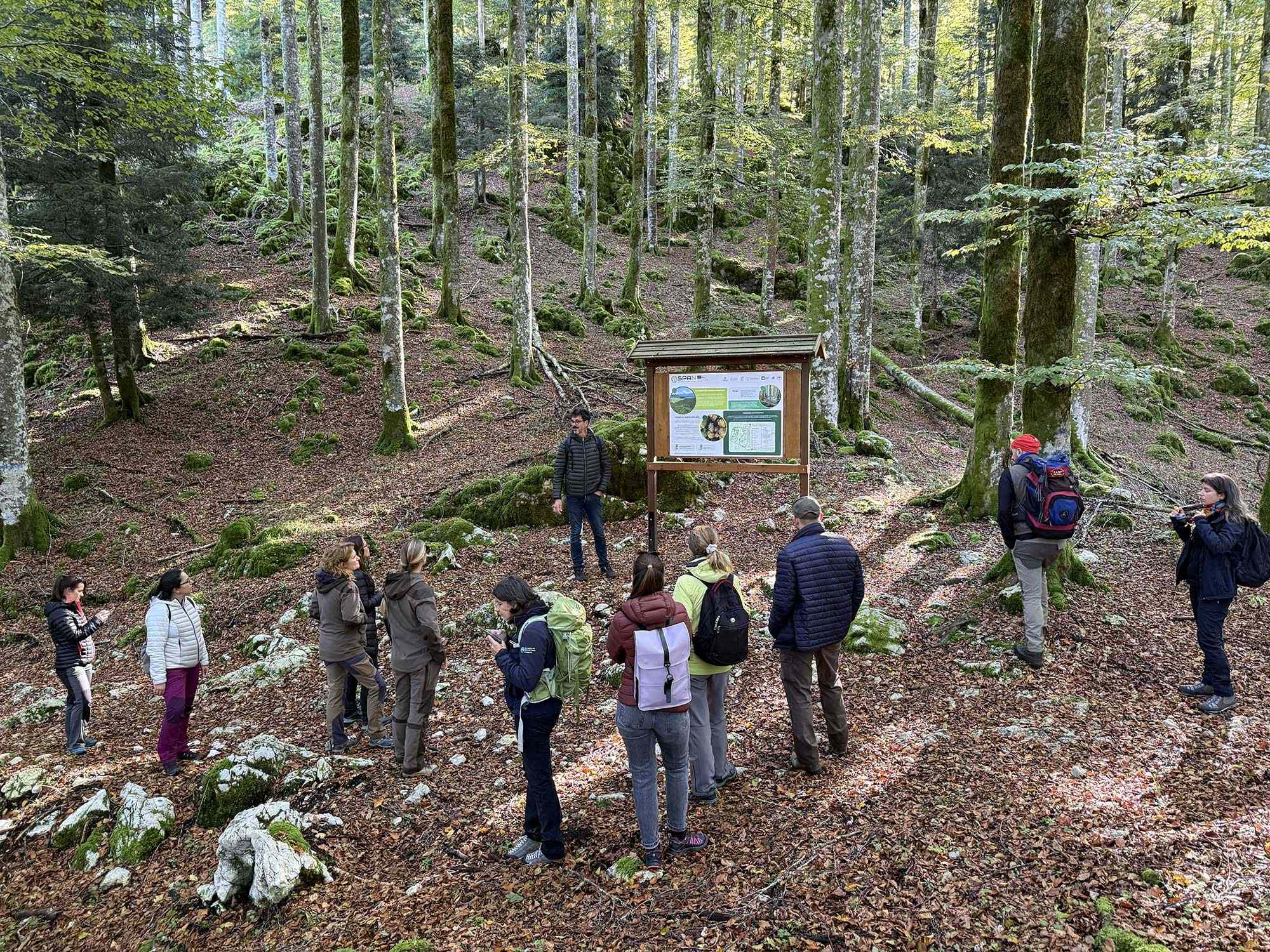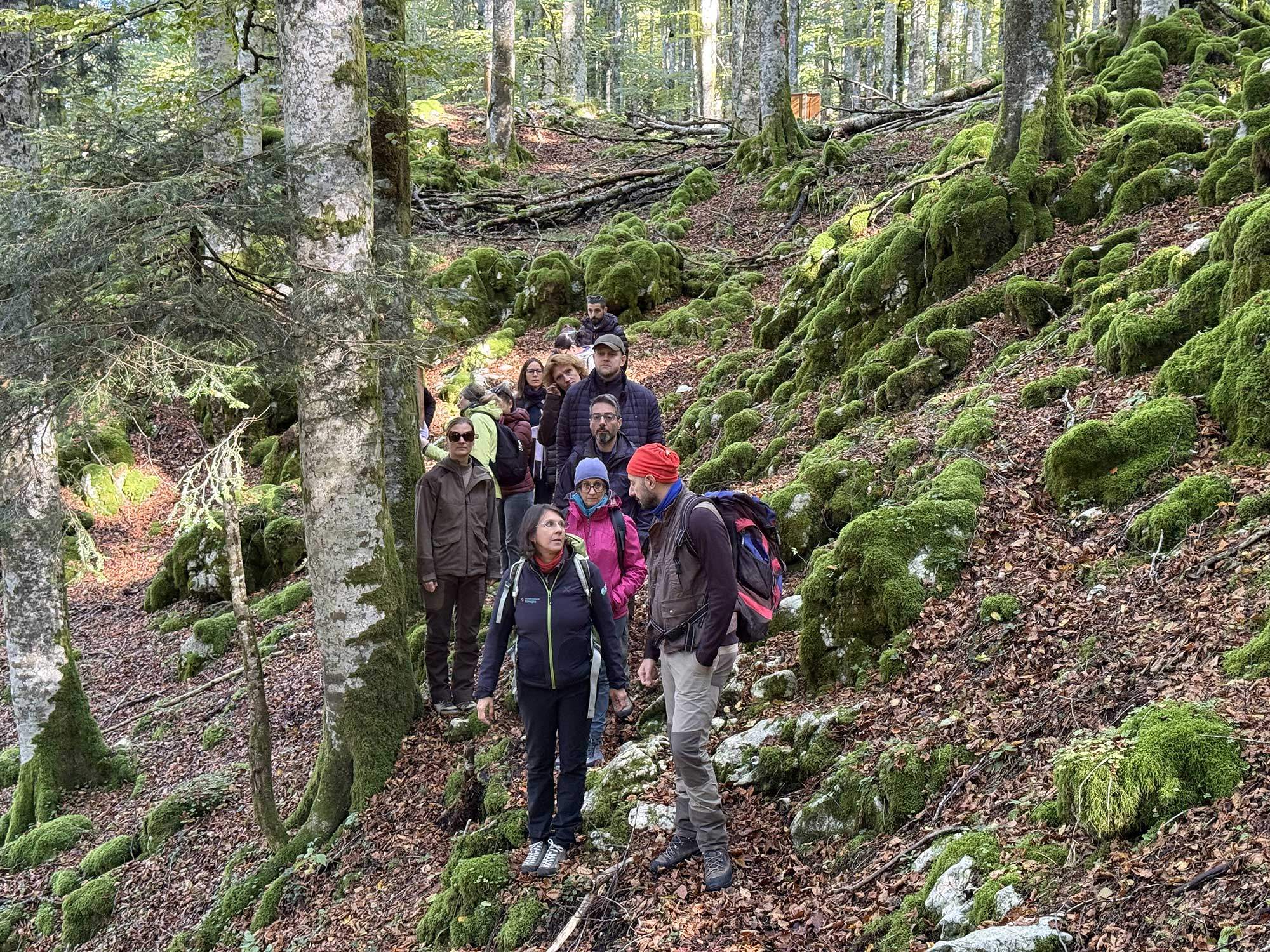From October 6th to 8th, the Life4OakForests project was hosted in the beautiful Cansiglio Forest, a plateau in the Carnic Prealps located at the border between the provinces of Belluno, Treviso, and Pordenone, for an important event promoted by the LIFE SPAN project.
The main objective of LIFE SPAN is to develop and test management solutions that, by integrating with existing practices, can ensure the conservation of forest biodiversity, with a particular focus on saproxylic species. Through an innovative approach to forest planning and management, always mindful of the economic sustainability of the proposed interventions, the project aims to implement and monitor effective strategies for the conservation of habitats and species of Community interest associated with deadwood.
The event was designed to foster dialogue and collaboration among various European LIFE projects working on saproxylic biodiversity conservation, by promoting the sustainable management of the priority habitats on which it depends.
The meeting brought together experts and technicians from Italy, Spain, Romania, and Lithuania, all engaged in initiatives to protect forest ecosystems through more sustainable forest management practices.
A Journey into Saproxylic Biodiversity
On the first day, participants visited the LIFE SPAN demonstration areas in Cansiglio’s high-forest beech stands. Walking along the “Sentiero degli Slipari” trail, they observed firsthand the interventions carried out by LIFE SPAN to support the formation of microhabitats and the management of deadwood — a critical resource for many rare insects, as well as birds and small mammals.
There was also discussion on how to manage the presence of ungulates (such as deer and roe deer), using electric or natural fencing to prevent them from damaging sensitive habitats.
The day continued with a visit to a forest senescence area established in 2016 by the ManFor C.BD. project. Today, this area shows the long-term effects of natural deadwood accumulation — providing a valuable opportunity to assess the effectiveness of these interventions over time.
Sharing Experiences from LIFE Projects
The second day was dedicated to exchanging experiences between different LIFE projects:
• The LIFE4Oak Forests project presented its actions and results achieved in the Vena del Gesso Romagnola Regional Park, highlighting similarities with the LIFE SPAN interventions, though applied to mature beech forests in the Belluno Prealps.
• The Lithuanian team presented LIFE Osmoderma and LIFE Osmo Baltic, two projects focused on the conservation of Osmoderma eremita, a beetle that lives in old wood. Key actions included the creation of ecological corridors, the release of captive-bred individuals, and the use of smart traps to monitor the species.
• From Spain, the Steps for LIFE project showcased how a hiking trail — the Camino Lebaniego — can be transformed into a green infrastructure, enhancing habitat connectivity and the movement of species such as the brown bear and various butterfly species.
• Finally, from Romania, the LIFE ROsalia project is dedicated to the conservation of saproxylic insects such as the Rosalia alpina and the stag beetle (Lucanus cervus). The project has an ambitious goal: to develop a national conservation plan for these species, supported by research on their movements across the landscape.
The meeting in Cansiglio was a valuable opportunity to share knowledge, compare methodologies, and strengthen collaboration among those working across Europe to protect forest biodiversity.
A central theme was the presence of deadwood in forests and the potential to create microhabitats that boost biodiversity in Europe’s woodlands — a step forward towards more mindful and responsible management of our natural heritage.
